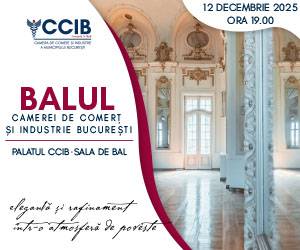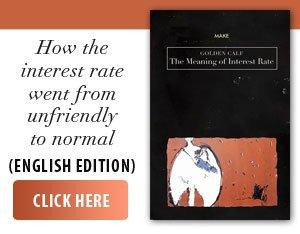Kissing, today considered a gesture of intimacy, affection or greeting, is not an exclusively human invention nor a behavior linked only to romance. A new study published in the journal Evolution and Human Behavior shows that the custom of kissing has its roots in a common ancestor of great apes, who lived about 20 million years ago. Researchers from the University of Oxford and the Florida Institute of Technology analyzed kissing behaviors found in chimpanzees, bonobos, orangutans and gorillas, to determine whether there is an evolutionary precursor to the human kiss. Their conclusion: this gesture would have been inherited from a common ancestor of these species. The study authors combined ethological observations, data on social behaviors and evolutionary models to "rewind" history. The modelling, repeated millions of times, showed that the first kiss most likely appeared between 21.5 million and 16.9 million years ago. "With these two key pieces of information, we used a modelling approach that allowed us to simulate different evolutionary scenarios,” explains Matilda Brindle, the study's lead author from the School of Biology at Oxford University. The definition used by the researchers is a strictly non-romantic one: "a non-aggressive, mouth-to-mouth contact that does not involve the transfer of food.” This includes: sexual kisses, platonic kisses such as those between family members, similar gestures used as a form of greeting or social reinforcement. While it has no clear survival advantage, and may even promote the spread of disease, kissing seems to have persisted because of its role in social and reproductive relationships. "Some researchers have suggested that sexual kissing is a useful way to assess the quality of a partner or their compatibility with them,” says Brindle. "Alternatively, it may function as foreplay, stimulating arousal and increasing the chances of fertilization.” As for platonic kisses, they would serve to strengthen bonds, reduce tensions and maintain stability in complex social groups, a major evolutionary advantage for primates. The study also provides an interesting piece of the puzzle: Neanderthals and early humans shared a common oral microbe, a hint that they exchanged saliva, so they kissed, even hundreds of thousands of years after the species split. This finding suggests that the role of kissing in archaic societies was probably more complex than previously thought and may be linked to both social and reproductive dynamics. While the exact reasons for the emergence of kissing remain partly unclear, the study argues that it is not a recent cultural behavior, but a legacy deeply rooted in primate evolution. Its persistence over millions of years indicates an important social or biological function - perhaps related to connection, communication and sexual selection.
Behavior with Surprising Origins: Kissing, a Gesture with Roots Over 20 Million Years Old
O.D.
English Section / 21 noiembrie






















































